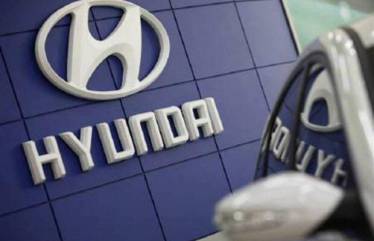The entry-level hatchbacks in India need to strike a balance between affordability, fuel efficiency, and basic features that make customers feel good about owning their first car. In this regard, two brands stand out, namely Maruti Suzuki and Hyundai Motor India.
Maruti Suzuki offers two vehicles in this segment, the Alto and the S-Presso, while Hyundai offers the Santro.
Now, Hyundai has announced that it is pulling the plug on the Santro, while Maruti Suzuki might discontinue the base variants of the Alto and S-Presso. One compelling reason why Maruti Suzuki wants to halt production of the base variants is owing to the government’s mandate that all cars should have dual airbags.
The Japanese OEM instead of offering an additional airbag for the two models, could stop production and offer the higher variants as the base model since they come with dual airbags. Currently, Maruti Suzuki offers the Alto in STD and STD(O) trims, the latter equipped with dual airbags while the former gets one. The S-Presso gets optional airbags for the passenger across all variants, apart from the top-spec VXi+ trims.
Coming to Hyundai, it was in 1998 when the company launched its first car in India, the Santro. The hatchback was a great alternative to the Maruti Suzuki 800 as it offered better headroom. The Santro was India’s first true ‘tall boy’ car. The Korean carmaker continued to sell it in India till 2014, receiving various upgrades over the years.
It was in 2018, that Hyundai re-launched the new Santro hoping that the sentimental comeback would help grab a piece of market share in the entry-level passenger car segment. At its peak (in its early days) it accounted for 76 percent of Hyundai’s sales however, this was short-lived, and in FY22, it managed to sell just 2,000 units.
Owing to low demand, primarily due to its pricing (Rs 3.9 lakh to Rs 5.5 lakh), the Santro never sold well. Also, Hyundai offered a touchscreen infotainment system with the higher variants of the Santro and tried to position it higher than the Grand i10, which had a more powerful engine and a diesel option too. This too did not work well.
Then came the stricter BS6 norms that added to the cost of the car, increasing its already expensive sticker price. Later came the pandemic, which brought additional hurdles, such as supply chain issues and chip shortages. In 2022 came the Russia-Ukraine war which saw prices adding up. Keeping all this in mind, it seems Hyundai sees it as a wise decision to pull the plugs.
However, as per reports, Hyundai will continue to sell the CNG version of the Santro, but the question remains for how long.
Can the 6 airbags rule kill the entry-level hatchbacks?
Raising further questions about the survival of entry-level hatchbacks and their pricing will be the new rule that mandates 6 airbags as standard. Although the rule is aimed toward the safety of passengers, this will hike the prices of entry-level cars and could place them a segment higher in terms of costs.
This could also kill a few more hatchbacks in this segment as space is a constraint to accommodate 6 airbags, and coupled with the rise in demand for SUVs, we might be saying adios to more models.
